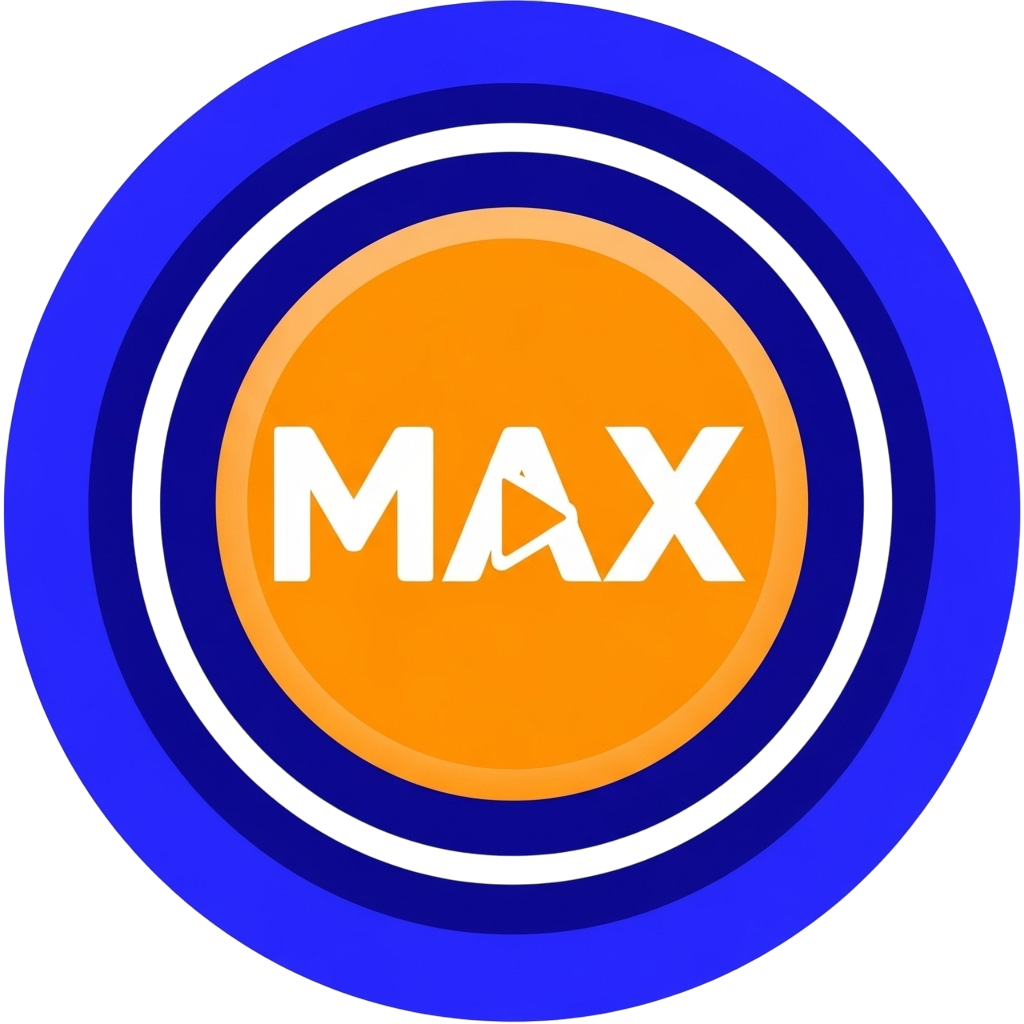The internet loves drama, suspense, and immediate correction, which is precisely why the
Wrong Soundboard has become a fixture in online content creation. But what exactly is this sound, and why does a simple buzzer generate such a huge reaction?
At its core, the sound is the classic, jarring sound effect used in game shows to signify an incorrect answer. It’s an auditory signal of failure that instantly injects tension, drama, or-most often-a burst of comedic irony into any video or stream. Its universal recognition is what grants it so much power in pop culture.
The Definitive Source and Cultural Impact of the Wrong Soundboard
Tracing the Origin of the Famous "Wrong Answer" Tone
The most popular sound associated with the Wrong Soundboard is the dramatic buzzer. Unlike memes that originate from a single viral video, this sound has a much older, more generic source: it’s a generic stock sound effect. Known professionally as a "Wrong Buzzer" or "Game Show Wrong Answer" sound, it has been a staple in television, radio, and movies for decades. It is a piece of audio shorthand, immediately understandable across cultures, making it an ideal tool for digital creators.
However, the term "Wrong" in meme culture can also refer to other origins, such as the emphatic vocal statement, "Wrong!" often associated with a former U.S. President, or sounds from specific memes like the "You Reposted in the Wrong Neighborhood" remix. This versatility ensures the phrase remains a constant point of reference on platforms like soundboardmax.com.
How the Wrong Soundboard Achieved Modern Meme Status
While the buzzer sound is old, its integration into modern meme culture exploded with the rise of short-form video content on platforms like YouTube and TikTok. Its viral moment was less a single year and more a gradual adoption, as streamers and content creators began using it to punctuate moments of:
- Failed Predictions: When a streamer is confidently proved wrong.
- Hilariously Bad Takes: When a video subject makes an obvious, incorrect statement.
- Abrupt Endings: Using the jarring sound to cut off a video for maximum comedic effect.
Contexts for Maximum Comedy and Emphasis
Understanding how to use the sound is key to maximizing its humorous effect. Creators typically use the Wrong Soundboard for emphasis and correction.
The sound works best in situations where the speaker is confident but mistaken, creating an ironic gap between their assurance and the final verdict. When you hear the sound, you instantly understand a definitive judgment has been passed, creating a burst of abrupt, satisfying comedy.
Why the Wrong Soundboard Deserves a Spot in Your Meme Toolkit
The "Wrong" buzzer sound is iconic because it’s simple, universally recognizable, and instantly hilarious. It is the perfect piece of audio to instantly communicate failure, correction, or comedic irony in a video.
Ready to test your own comedic timing? Find the Wrong Soundboard-along with hundreds of other viral and useful sound effects-at SoundboardMax.com. And while you're there, don't miss our legendary
Duck Soundboard, a must-have for injecting quirky charm into your content! Start creating better content today!
